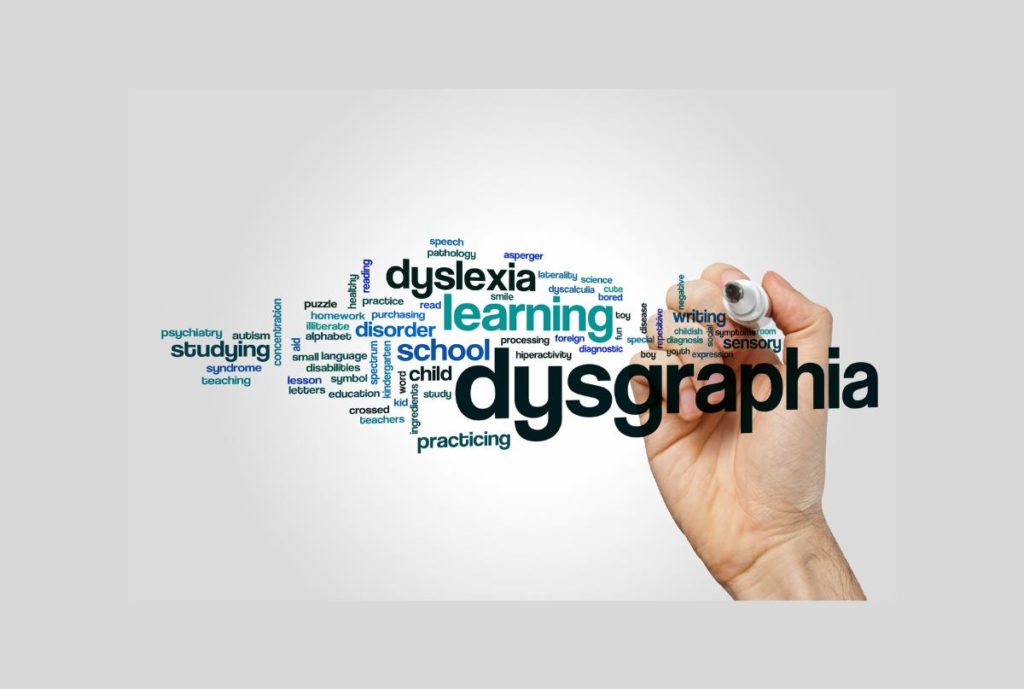
Comorbidity is the presence of one or more additional medical conditions co-occurring or coexisting with a primary condition. Approximately 60 percent of people with dyslexia also meet the criteria for at least one disorder.
Dyslexia and dyscalculia
A child with dyslexia will almost always have problems with reading mathematical texts. Math books and examinations have word problems that must be read correctly, or the answer will be wrong.
They may, however, also struggle with other aspects of math. The word dyscalculia describes a severe math problem. Symptoms include:
- difficulty learning and remembering arithmetic facts;
- difficulty executing calculation procedures;
- poor number sense and
- an inability to subitize (perceive without counting) even tiny quantities.
Research suggests that 40 to 50 percent of people with dyslexia show no signs of dyscalculia. They perform at least as well in math as other children, with about 10 percent achieving at a higher level. The remaining 50 to 60 percent do have difficulties with math.
Dyslexia and dysgraphia
Dyslexia may include poor handwriting skills.
A handwriting problem exists when a child writes illegibly or extremely slowly. Everyone occasionally produces illegible letters, but some students do so frequently enough that understanding what they have written is difficult; at this point, the difficulty would be considered a problem.
Also, most children write pretty slowly when they are first learning to print or write in cursive. However, slow handwriting should be considered a problem when a student’s writing speed interferes with their other work.
Severe problems with handwriting are also known as dysgraphia. Dysgraphia symptoms include:
- awkward pencil grip;
- avoiding writing or drawing tasks;
- trouble forming letter shapes;
- inconsistent spacing between letters of words;
- poor understanding of uppercase and lowercase letters;
- tiring quickly while writing;
- illegible handwriting and
- a mixture of cursive and print writing.
Dyslexia and dysnomia
People with dyslexia score poorer on rapid automatized naming assessments than typical readers (Elliott & Grigorenko, 2014). A meta-analysis of 137 studies of 28,826 participants indicated a moderate-to-strong relationship between RAN and reading performance. Further analyses revealed that RAN contributes to the four measures of reading: word reading, text reading, non-word reading, and reading comprehension.
One result of recall problems is that the dyslexic child may provide a detailed description of the word in question but cannot recall its exact name. Normal individuals suffer from this occasionally.
Severe word recall problems are classified as dysnomia when severe enough to interfere with learning or daily life.
Dyslexia and dyspraxia
While not all children with dyslexia show impaired balancing skills, many do. The word dyspraxia describes a severe difficulty in this area. Dyspraxia also goes by the name “clumsy child syndrome.” A child with dyspraxia has trouble planning and coordinating his body movements and struggles with fine-motor tasks like writing, buttoning his clothes, and tying his shoelaces.
Dyslexia and ADHD
A short attention span, periods of high activity, and impulsive behavior are part of childhood. However, for a child with attention deficit hyperactivity disorder (ADHD), these symptoms become exaggerated and begin to interfere with daily life. As a result, children with ADHD often struggle at school because they cannot concentrate, solve problems and focus on prescribed tasks.
About 3 in 10 people with dyslexia also have ADHD. And if you have ADHD, you’re six times more likely than most people to have a mental illness or a learning disorder such as dyslexia.
Edublox offers cognitive training and live online tutoring to students with dyslexia, dysgraphia, dyscalculia, and other learning disabilities. Our students are in the United States, Canada, Australia, and elsewhere. Book a free consultation to discuss your child’s learning needs.
Delve deeper into dyslexia
Understanding dyslexia in children
Learn more about dyslexia basics: What is dyslexia? What are the signs of dyslexia? What is the impact of this reading disorder? What causes dyslexia? How is dyslexia diagnosed? Can dyslexia go undetected? What is the best treatment?
Dyslexia symptoms, early warning signs, risk factors
We investigate the symptoms of dyslexia, early signs of dyslexia, and risk factors for dyslexia.
What are the 12 types of dyslexia?
We discuss 12 dyslexia types: Primary, secondary, developmental, and acquired dyslexia; phonological dyslexia and surface dyslexia; deep, letter position, attentional, letter identity, neglect, and vowel letter dyslexia.
Dyslexia theories and models
About dyslexia theories: we discuss the phonological deficit theory, magnocellular theory, rapid naming deficit, double deficit dyslexia, and a multi-cognitive deficit model that considers all the aspects that may contribute to dyslexia.
The top 3 causes of dyslexia
There is a labyrinth of differing, opposing, and often contradictory theories about dyslexia: what it is, its causes, and its possible correction.
Dyslexia and the brain
This article reveals the differences between the dyslexic brain and the typical brain, based on the latest research.
Dyslexia diagnosis: How is dyslexia diagnosed?
How is dyslexia diagnosed? What is the difference between dyslexia screening and dyslexia testing? Who can diagnose dyslexia? What happens after a dyslexia test? Learn more about an Individualized Education Plan (IEP) and online tutoring for dyslexia.
Dyslexia treatment program
Dyslexia treatment based on four pillars: (1.) the Orton-Gillingham approach, (2.) cognitive training, (3.) the development of two crucial brain areas for reading and writing, and (4.) solid learning principles. Is there, at last, some light at the end of the tunnel?

